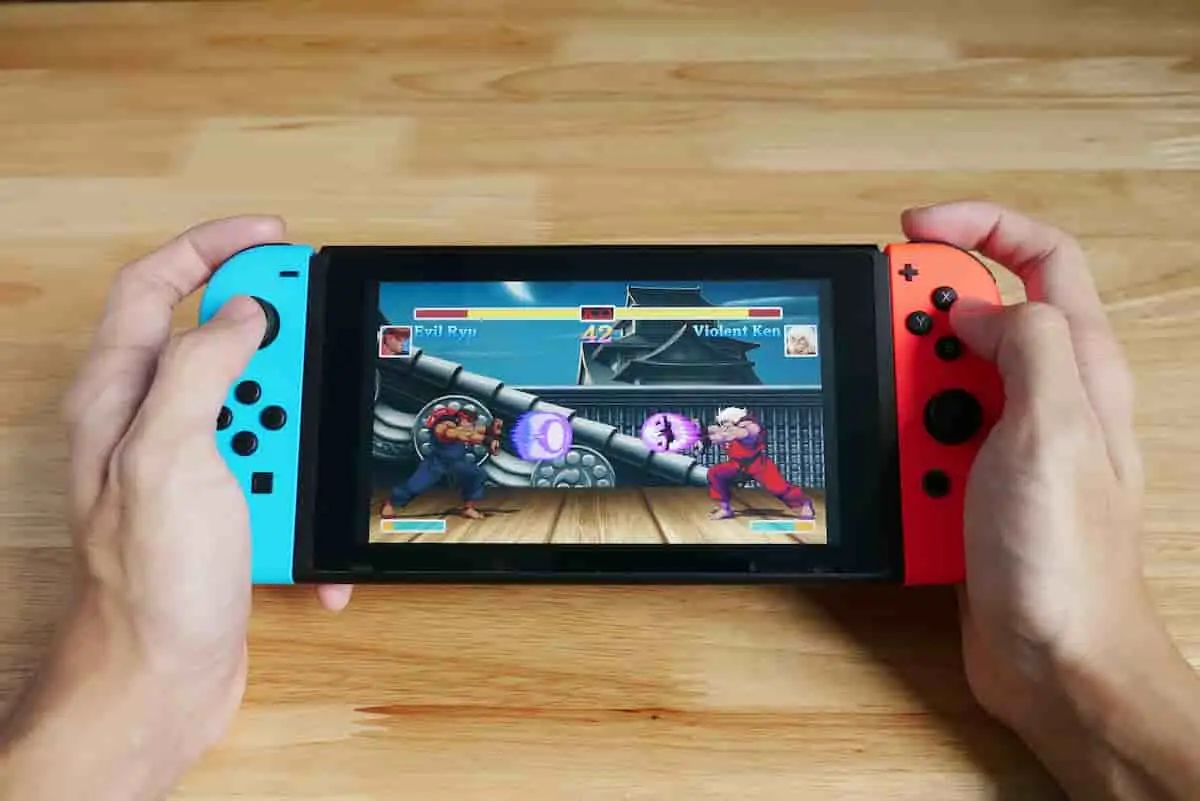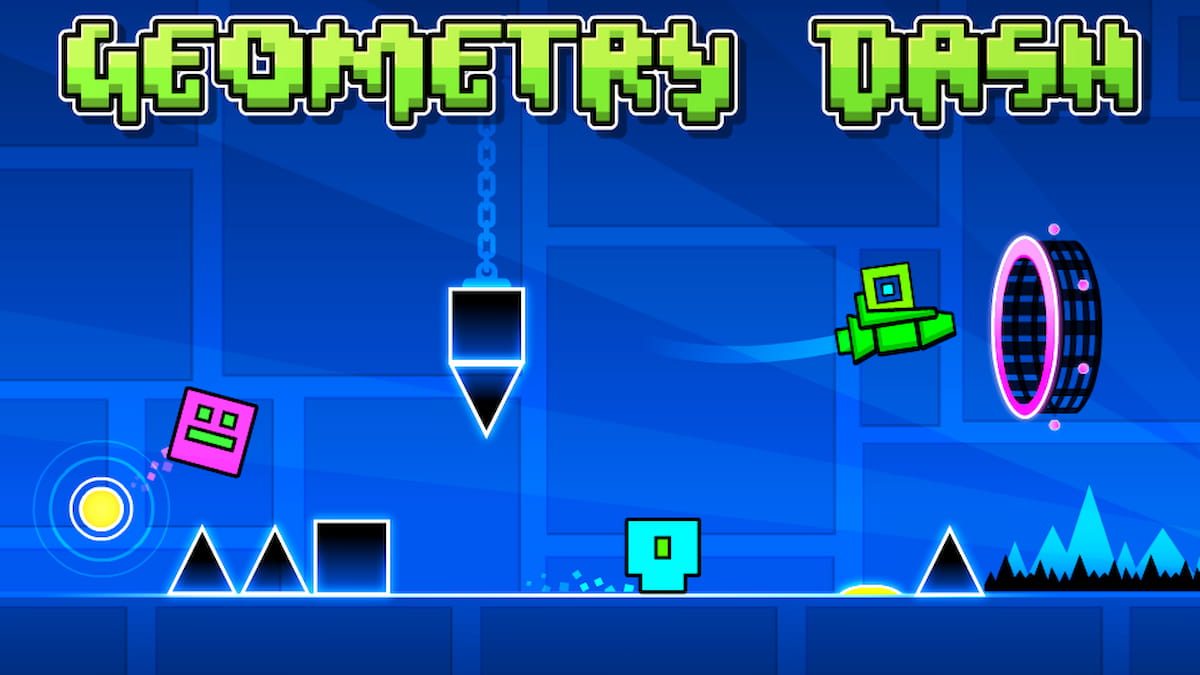Nintendo Switch is undoubtedly one of the most popular and powerful handheld consoles. The Nintendo Switch has dominated the handheld console gaming scene for a while now thanks to a wide range of games, some even spanning different generations. A few months ago, Nintendo came out with a refreshed version of the existing Switch called Nintendo Switch OLED.
While both the Switch and Switch OLED look and feel almost similar on paper, a few things set them apart. But are these differences worth the upgrade? Is the OLED Nintendo Switch Worth it? This article will serve as a guide and help you make the right purchase decision.
Nintendo Switch vs. Nintendo Switch OLED: Which one should you go for?
The original Nintendo Switch came out in 2017, but Nintendo silently rolled out an upgraded model in 2019 with much-improved battery life. Finally, a few months ago, the Nintendo Switch OLED model was made available to users. The most striking difference between the Nintendo Switch and Switch OLED is the screen.
The differences:
Users get a 6.2-inch LCD screen with a standard Nintendo Switch, while the new Switch OLED comes with a bigger, better 7-inch OLED screen. However, this new bigger screen doesn’t affect its overall size. The Switch OLED measures 9.5 by 4.0 by 0.55 inches (242 by 102 by 13.9 millimeters) and weighs 0.93 pounds (420 grams), while the original Switch measures 9.4 by 4.0 by 0.55 inches (239 by 102 by 13.9 millimeters) and weighs 0.88 pounds (398 grams).
Another notable difference is the storage space. Nintendo’s Switch OLED offers 64GB of space instead of a paltry 32GB. This means users will be able to store more games without the need for an SD card. The Nintendo Switch OLED model also adds a full-length kickstand running across the back of the console, as well as a LAN port on the new docking station to boost connectivity.
Pricing is another area where both these consoles differ. The new Switch OLED costs around $50 more than the original model. But is it worth the extra money? The answer is it depends. If you are new to the platform and looking to jump into handheld gaming, the Nintendo Switch OLED model is the one you should go for. However, if you are someone who owns or recently bought the Nintendo Switch, then the upgrade doesn’t make sense. Both have the same processor and power, which means there’s no significant performance boost.










Published: Nov 7, 2021 02:27 am